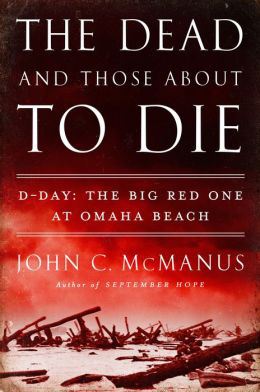I have always loved Advanced Squad Leader. Critical Hit’s ATS system is also good, as
are a couple of other systems such as Panzer, Fire Team and Firepower. However, most of the squad level combat
systems pretty much adhere to World War II.
There are some exceptions, Firepower and Fire Team come to mind, and
Critical Hit has attempted to venture into uncharted territory with Genesis 48
and Dien Bien Phu modules for ASL and ATS.
The Panzer system had MBT and IDF, with reprints/updates on the way from
GMT.
But I have always wanted to take ASL in particular into the
post-World War II era. Right now, MMP is
getting ready to roll out their KASL – Korean War ASL module. This is awesome and I can’t wait for this to
come out.
But what about other wars?
The majority of the Arab/Israeli Wars were fought with equipment that
was not substantially different than its World War II predecessors. Up until even 1973, the Israelis had modified
Shermans, while the Arabs still had some T-34/85s. Patton tanks, Centurions, T-55s and T-62s
were not that much more advanced than their earlier counterparts. RPG-2s and RPG-7s were only marginally better
than the Bazooka or Panzerfaust. Small
arms were still similar.
Basically, there is no real reason why gamers cannot
reproduce engagements from the 1948, 1956, and 1967 Arab-Israeli Wars in
ASL. Or even engagements from the Korean
War, the South African/Rhodesian Wars, the Indo-Pakistan Kashmir conflicts, the
Sino-Vietnamese border wars, the Angolan Civil War and other African Civil
Wars, etc. You name it. ASL should be able to accommodate it.
Now, I will admit, once we get into the 21st
century with increased lethality of the main gun armaments, body armor,
increased accuracy of artillery and communications, air support by fast moving
jet aircraft, things might get a little dicey.
There was a move some time ago to bring ASL into the era of
post-World War II combat. MASL, modern
ASL. While some work has been done, my
passion is to build on this and attempt to create an Arab-Israeli module that
allows one to play scenarios from 1948, 1956 and 1967. Critical Hit tried to do this with Genesis 48
and the new Genesis II, but I am not sure they captured the essence of either
army, their respective quirks and the tactics and equipment used. We’ll see how it goes. In the meantime, take a peak at the DRAFT new
counter for the RPG-7. I'll probably wind up changing some of the values, but here you go.






































